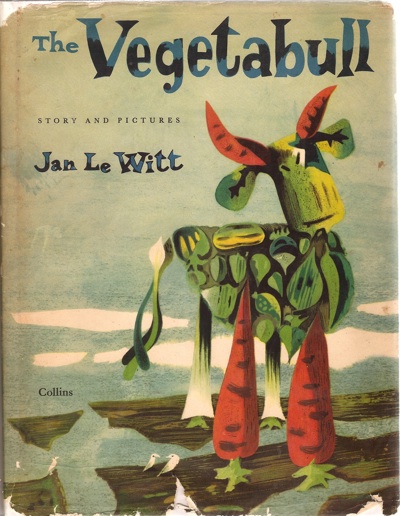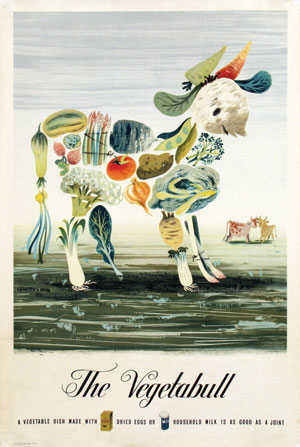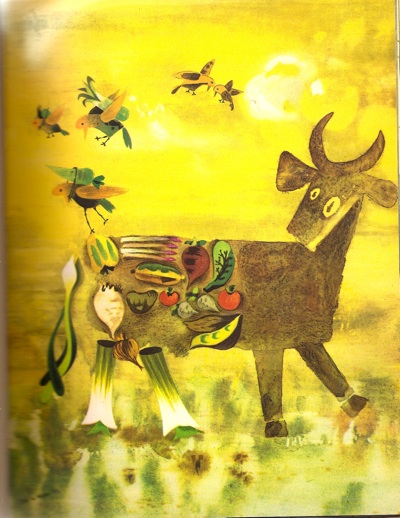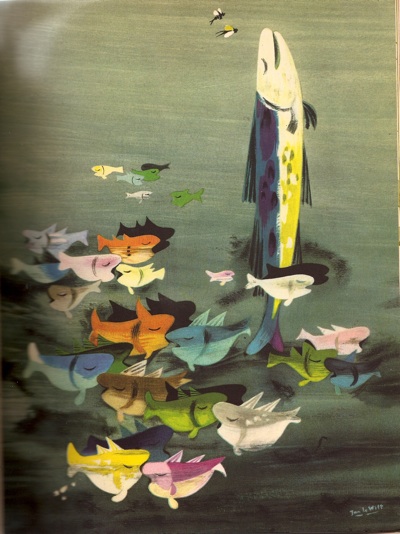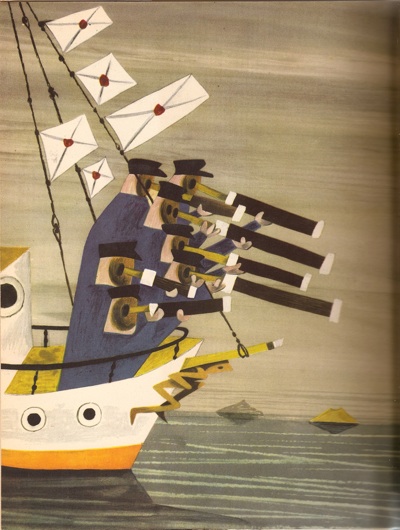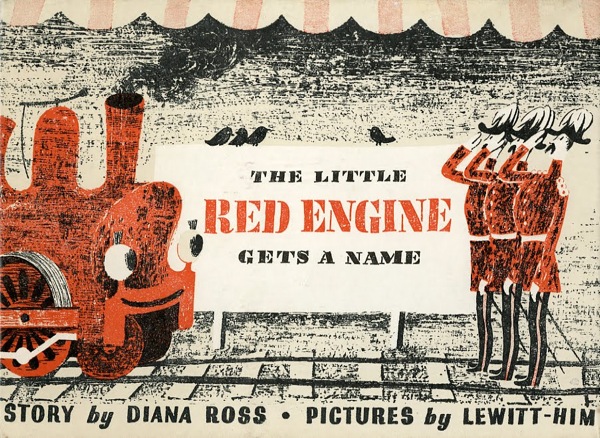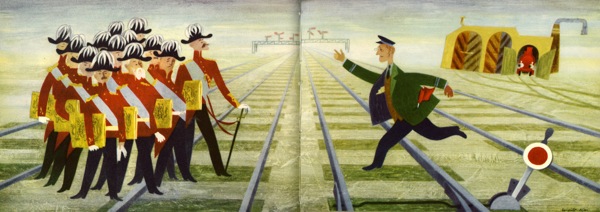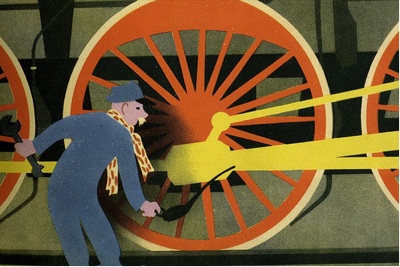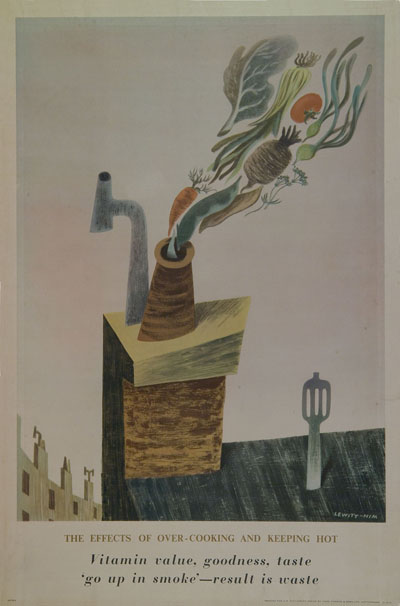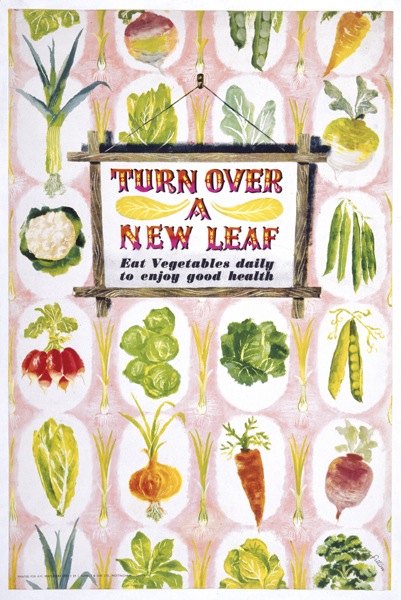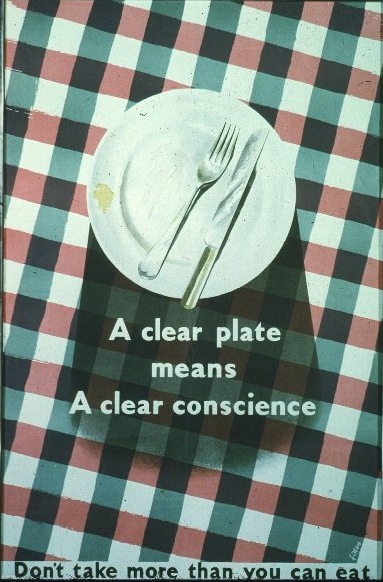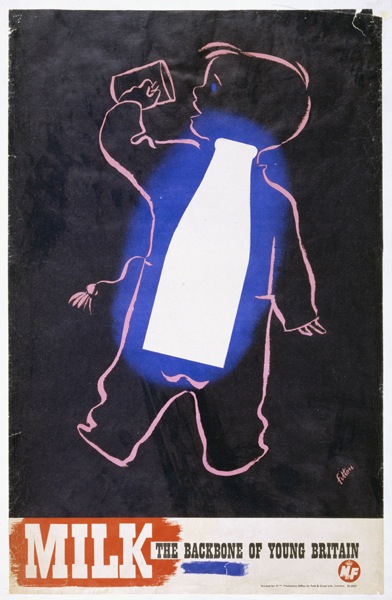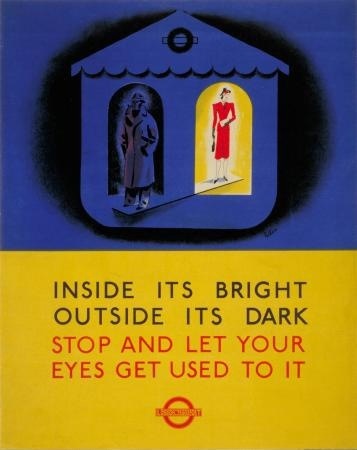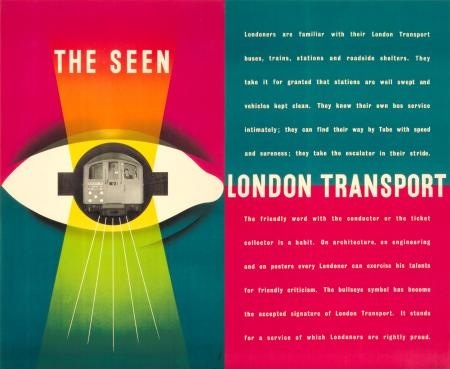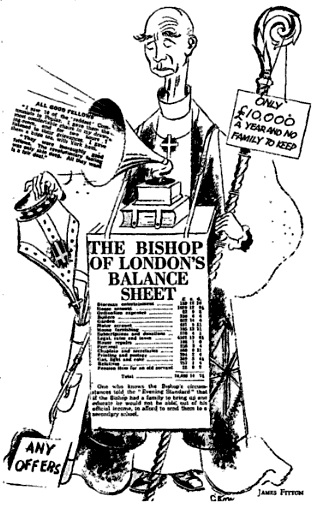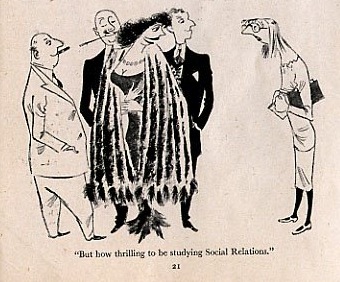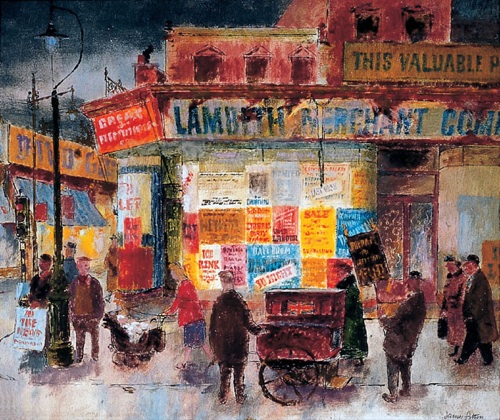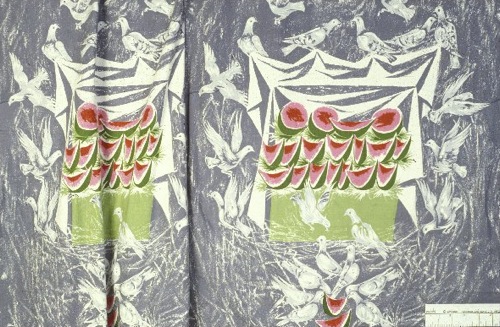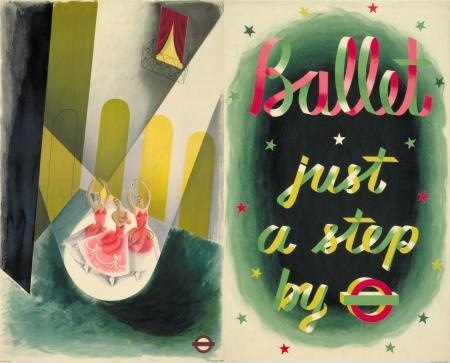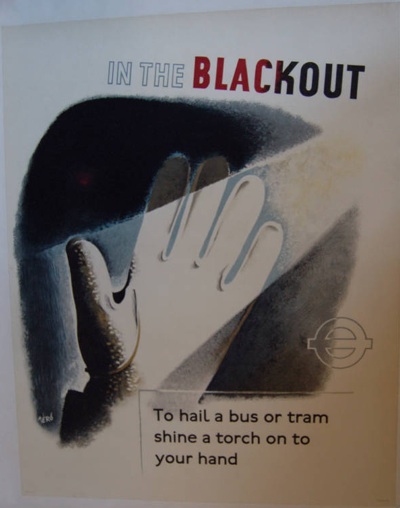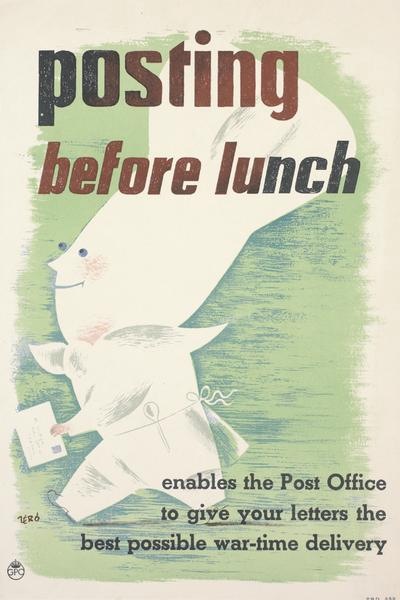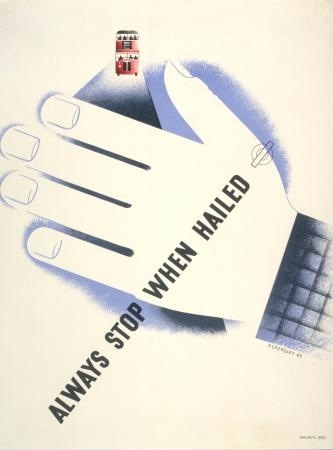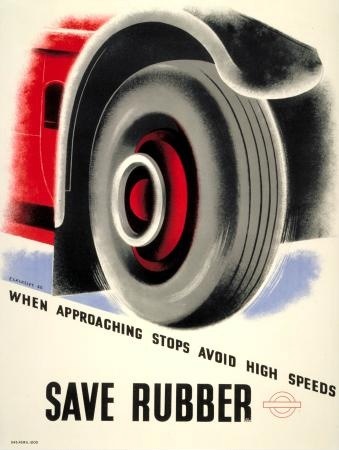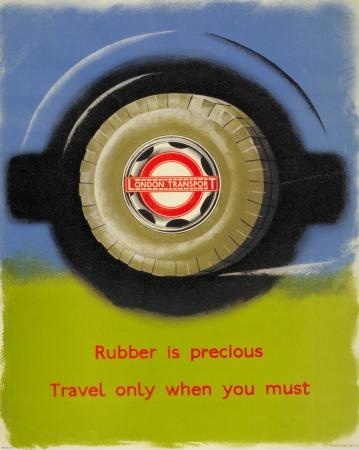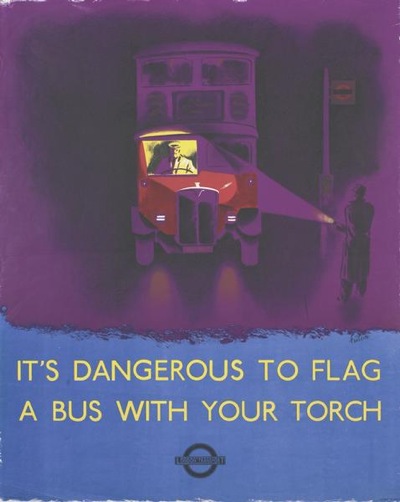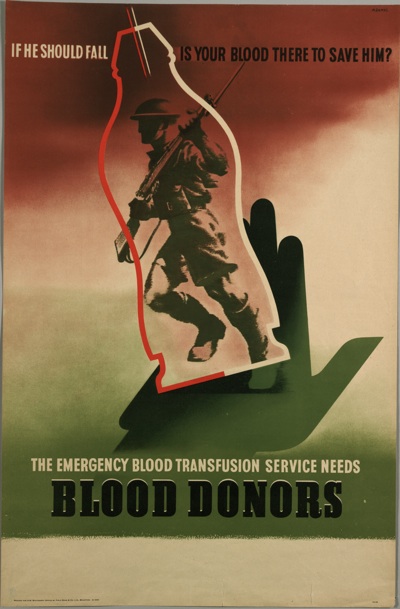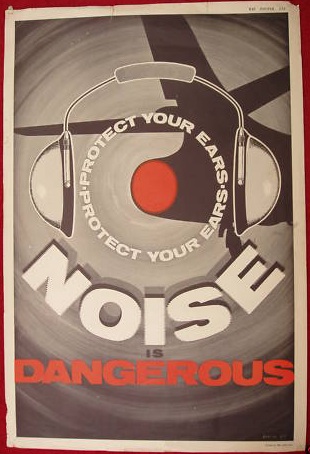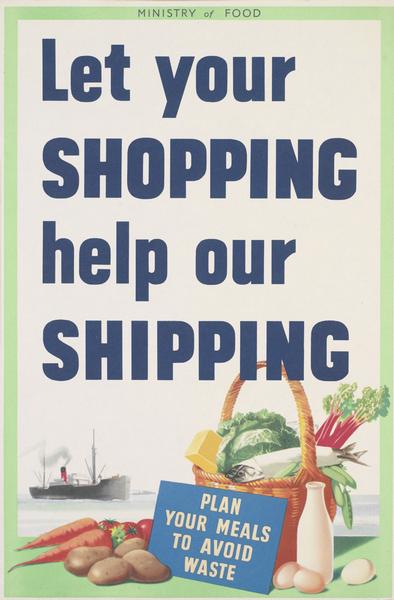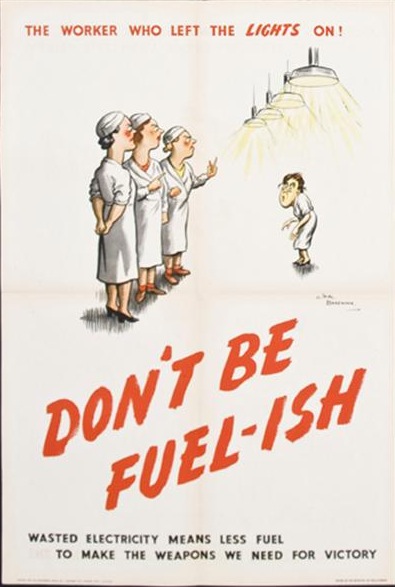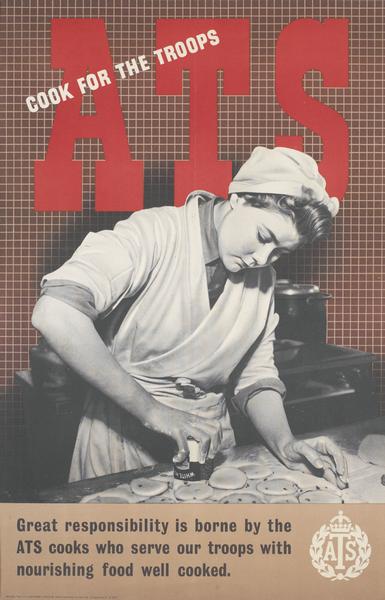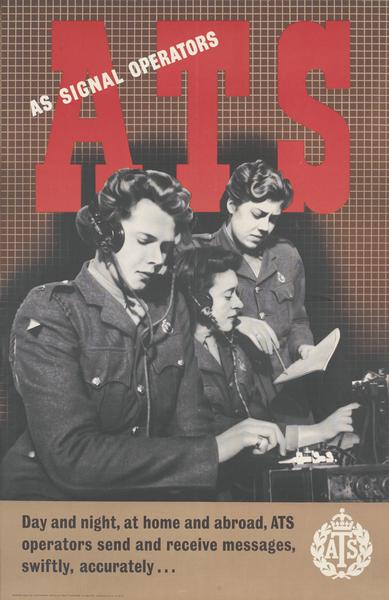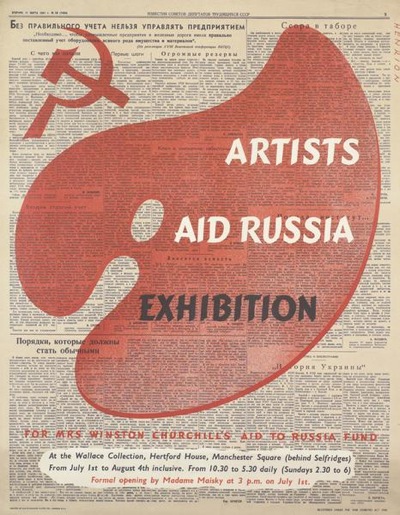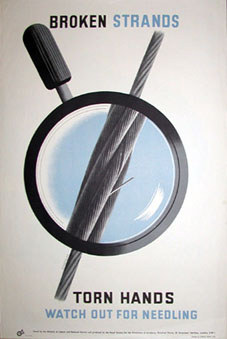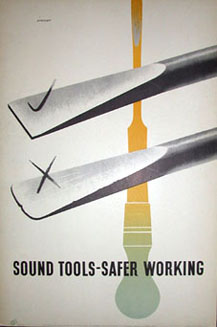Rather forgeta-bull
A curiosity today. This.
It’s a 1955 childrens book by Jan Lewitt, one half of the brilliant Lewitt-Him graphic design partnership.
It’s not, I have to say, a great book, but makes it in here mostly because it is clearly a spin-off from one of my favourite posters, a Lewitt-Him design from 1943.
I’m rather tickled by the fact that Jan Lewitt liked the idea so much that ten years later he decided to give the image an entire backstory, rather like an author being forced to write a sequel because he’s created characters who just won’t leave him alone.
It’s just a shame that the plot (which involves far away islands, mandolin trees and a bull called Yorick) isn’t a bit more gripping.
Although the illustrations are rather wonderful, in a grown-up kind of way.
Should you fancy your own copy, it’s pretty widely available on the second hand book web, at prices ranging from £10 – £100. You choose.
Two other incidental facts while I am here. Lewitt-Him also did a couple of other children’s books as a partnership. One is The Little Red Train, written by Diana Ross (not that one, I don’t think)
which you can find here (via Martin Klasch). Both the story and illustrations are better if you ask me,
to the extent that I might consider reading it to a real life small child.
There’s also Locomotive, The Turnip and The Birds’ Broadcast, which I’ve never seen but a very nice man has posted the complete set of images on Flickr, so you can take a view for yourself. My view is that it looks like the most delightful of the lot. It is, however, as rare as hen’s teeth and proportionately expensive, so I may never get to find out.
And finally, the Vegetabull poster wasn’t the only poster that Lewitt-Him did in this style. I wanted to post one of the others simply because I never see it anywhere else. So here it is.
